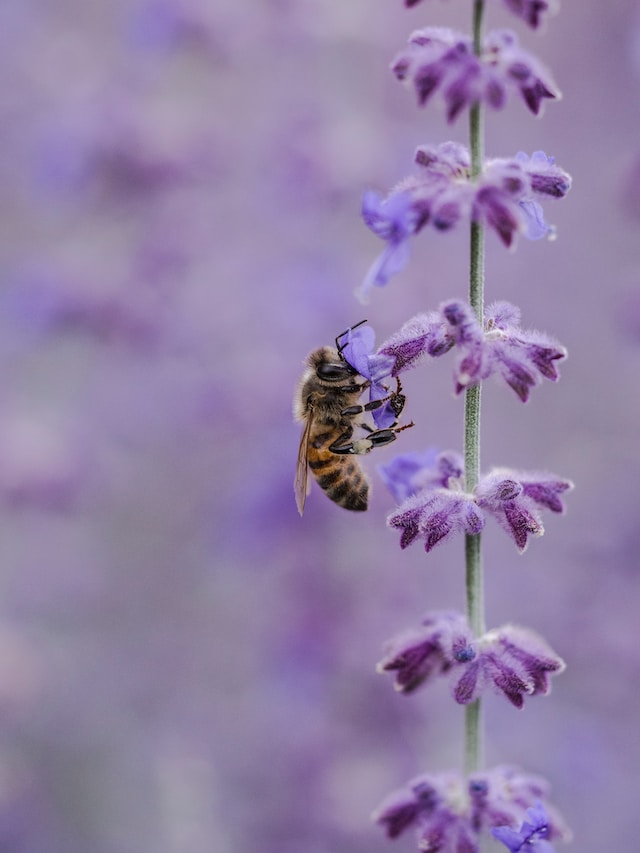- 19 May 2023
- 77
Life Cycle of Bed Bugs From Egg to Adult

Introduction: Understanding the life cycle of bed bugs is crucial in combating these resilient pests. Bed bugs have proven to be a persistent problem, infesting homes, hotels, and various other spaces. By gaining insights into their life cycle, we can develop effective strategies to eradicate these insects and prevent further infestations. In this article, we explore the stages of the bed bug life cycle, from egg to adult.
- The Egg Stage: The bed bug life cycle begins with the laying of eggs. Female bed bugs can lay up to 200 eggs in their lifetime. These eggs are tiny, about 1 millimeter in size, and are typically laid in cracks, crevices, and other hidden locations. Female bed bugs use a sticky substance to attach the eggs to surfaces, ensuring they remain in place.
- The Nymph Stage: After about 6 to 10 days, the eggs hatch, giving rise to nymphs. Nymphs are young bed bugs that go through several molting stages to reach adulthood. Initially, they are translucent and very small, resembling miniature versions of adult bed bugs. As nymphs grow, they shed their exoskeletons, leaving behind pale, discarded shells.
- Molting and Growth: During each nymph stage, bed bugs undergo a molting process known as ecdysis. Molting allows them to shed their old exoskeleton and grow larger. Nymphs require a blood meal to molt successfully. After each molt, they become darker in color and progressively resemble adult bed bugs more closely.
- The Adult Stage: After going through five nymph stages, bed bugs finally reach adulthood. Adult bed bugs are about the size of an apple seed, with a reddish-brown color. They have flat bodies, six legs, and antennae. Once they become adults, bed bugs are capable of reproducing and continue the life cycle by laying eggs.
- Feeding and Reproduction: Adult bed bugs require regular blood meals to survive and reproduce. They are primarily nocturnal and prefer to feed on humans, although they can also feed on other warm-blooded animals. Bed bugs use their piercing mouthparts to penetrate the skin and extract blood, typically feeding for several minutes before retreating to their hiding places.
- Lifespan and Survival: The lifespan of a bed bug varies depending on various factors, including temperature, availability of food, and environmental conditions. In optimal conditions, bed bugs can live up to several months or even longer without feeding. Their resilience and ability to hide in hard-to-reach places make them difficult to eliminate completely.
Conclusion: Understanding the life cycle of bed bugs is essential in combating infestations effectively. From eggs to nymphs and finally to adult bed bugs, each stage presents unique challenges for eradication. By recognizing the signs of different life cycle stages and implementing comprehensive pest control strategies, we can minimize the impact of bed bugs and create healthier living environments. Remember, swift action and professional assistance are crucial in successfully eliminating these persistent pests.

